Pediatric Ophthalmology and Strabismus Fellowship
About the Program
Patient Care
Patient care is supervised by our faculty both clinically and surgically.
- Lindsay De Andrade, MD
- Arlene V. Drack, MD
- Alina V. Dumitrescu, MD, FACS
- Pavlina S. Kemp, MD
- Scott A. Larson, MD
- William E. Scott, MD, emeritus professor
Fellow responsibilities include outpatient and inpatient clinical and surgical experience. Outpatient clinics are found in the Department of Ophthalmology and in the Pediatric Specialty Clinic. Inpatients are seen in the UI Stead Family Children’s Hospital. All clinics and hospitals are on the same campus in Iowa City.
The fellow's surgical experience includes over 300 surgeries as a primary surgeon. This includes approximately, 230 strabismus surgeries, varying in range from common to complex, with a strong representation of adult strabismus, oblique and vertical muscle surgery, re-operations, and adjustable suture techniques. On average, fellows are involved in 15 to 20 pediatric cataract surgeries per year and learn nasolacrimal surgery including nasolacrimal duct probing and stenting. The fellow participates in weekly retinopathy of prematurity examinations with faculty guidance, and participates in treatment of severe ROP. Fellows are actively involved in diagnosis and management of pediatric ocular genetic diseases and ocular tumors, including intraocular injections, laser, cryo treatment, chemotherapy, and enucleations. The pediatric ophthalmology fellow also works with the glaucoma, retina, cornea, and oculoplastics services to achieve a broad experience in clinical and surgical management of all aspects of pediatric eye disease.
Education
The Pediatric Ophthalmology and Strabismus Fellowship is part of a long tradition of educational excellence in ophthalmology education.
Since the fellowship’s beginnings, nearly a hundred fellows have come to receive specialized training in pediatric ophthalmology and strabismus at University of Iowa. In 1951, Dr. Herman M. Burian came to Iowa and began a division of ocular motility and binocular vision. He began training fellows in strabismus. Many influential ophthalmologists came to learn under Dr. Burian including Bruno Bagolini, Albert Francheschetti, and Gunter von Noorden. Under the leadership of William E. Scott, MD in 1973, the fellowship expanded to include pediatric ophthalmology. Scott developed a system of teaching strabismus summarized in the Iowa Strabismus Notes.
Our fellows take an active role in all teaching conferences and journal clubs. They also participate in department-wide grand rounds, lectures, and clinical conferences. They are active in the clinical teaching of residents, medical students, and orthoptic students.
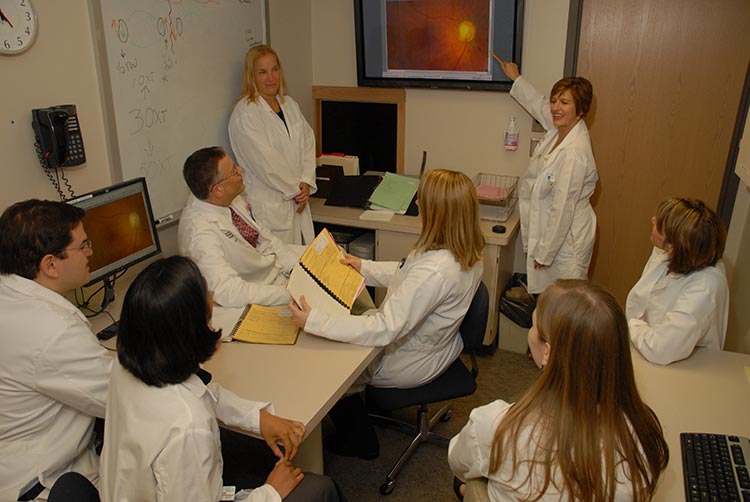 Research
Research
Fellows are encouraged to participate in research and present at regional and national meetings, including the AAPOS annual meeting. Funding for national meeting presentations is provided. Fellows also present at the annual University of Iowa Ophthalmology Residents' and Fellows' Research Day.
Faculty research interests include juvenile inherited eye diseases and development of novel treatments, as well clinical and surgical outcomes of strabismus and cataract. In addition to ongoing clinical and basic research, the department participates in Pediatric Eye Disease Investigator Group (PEDIG) studies. Fellows are encouraged to contribute to research efforts, with dedicated faculty guidance and mentorship.
Salary and Benefits Summary
Salary is based on a post-graduate training level and is set by the Graduate Medical Education (GME) office. Most fellow physicians are paid at the PGY-5 level. Read more about benefits.
Rounds, Lectures, and Conferences
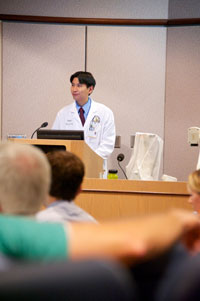 Grand rounds are held Monday, Wednesday, Thursday, and Friday from 8:00 to 8:45 a.m. in the Braley Auditorium. All residents and staff attend unless operating or engaged in acute medical care. During rounds, residents and fellows develop their public speaking skills by making presentations. Discussion by the faculty and house staff follows each case.
Grand rounds are held Monday, Wednesday, Thursday, and Friday from 8:00 to 8:45 a.m. in the Braley Auditorium. All residents and staff attend unless operating or engaged in acute medical care. During rounds, residents and fellows develop their public speaking skills by making presentations. Discussion by the faculty and house staff follows each case.
The cases and discussions presented by Residents and Fellows at Grand Rounds are often further developed and published as case reports and tutorials on EyeRounds.org.
Afternoons are, in general, reserved for rotation-specific conferences. Some services such as glaucoma, cornea, neuro-ophthalmology, and pediatric ophthalmology have "chart rounds". These conferences focus on interesting patients that presented that day. Discussions center on patient care but also cover other areas such as communication, ethics, and systems based care. Other services such as retina have formal conferences, such as Fluorescein conference on Monday afternoons, and Dr. Ed Stone's molecular ophthalmology rounds on Tuesday nights.
Once a week during the academic year, didactic lectures on ophthalmology are presented. These two-hour lectures are organized to coincide with the American Academy of Ophthalmology’s Basic and Clinical Sciences Course. Lectures cover most aspects of basic and clinical ophthalmology. Once every 10 weeks these sessions include a journal club covering recent journal articles in that subject area to help develop skills in practice based learning.
Six, half-day long clinical conferences are held during the academic year. Clinics are closed on these days. Ophthalmologists from throughout Iowa and Illinois attend and present challenging clinical problems for discussion by faculty and guests. These meetings feature a visiting professor who presents a lecture based on his/ her research interests. The day is balanced by the presentation of a more clinically oriented topic. This conference has contributed to the excellent rapport between practicing ophthalmologists and the ophthalmology staff at the university.
Each year in June, alumni and other members attend a two- to three-day Iowa Eye Association meeting with invited speakers and a focus on a specific subspecialty topic.
Presentations of research are made annually during the Resident/Fellow Research Conference at the end of the academic year.
Quick Facts
GME Benefits
Board Certification Requirements
- While Ophthalmology, as a specialty, is board certified, Ophthalmology subspecialty fellowships are not board certified. Visit the American Board of Ophthalmology for specifics on board certification requirements.
FAQs
Where is Iowa City?
Iowa City is 220 miles directly west of Chicago on Interstate 80. It's also within a 4 to 5 hour drive to Milwaukee, Madison, Minneapolis, Omaha, Kansas City and St. Louis. It has the cultural, educational, social and political opportunities of a bigger city with the values and ambiance of a midwestern town. It's clean, safe, nothing is farther than a 15 minute car ride, it has a great city bus system (with bike racks!), wonderful parks, bike and hiking trails, sports, schools and even sailing. Those who have lived here and left, frequently return because what they were looking for was in their own back yard. The metropolitan statistical area population is somewhere in the neighborhood of 160,000 people with about 73,000 of those within the Iowa City city limits. (2013 census data).
What's the weather like in Iowa City?
For about two weeks every winter it's very cold and windy and for two weeks every summer it's really hot and humid. The rest of the time it's pretty nice. We consider our weather character building.
- The average warmest month is July and the coolest month is January.
- The average temperature in the summer is 72.6 and in the winter, 23.7.
- Average number of sunny days is 166.
- The highest recorded temperature was 104°F in 1988.
- The lowest recorded temperature was -26°F in 1996.
- The maximum average precipitation occurs in August, average annual rainfall is 35".
- Average snowfall is 28" (with an average of 16 days of measurable snowfall per winter).
What is there to do in Iowa City when you're not working?
There are 15 different festivals and art fairs, plus concerts and race events. There are many music venues, sports events and neighborhood street fairs and garden walks. We also have a really big mall and several smaller ones, 50 parks, 9 golf courses, 6 public tennis courts, 6 public pools, some lakes and a reservoir with trails, camping & boating. There are hiking and bike trails, some famous bookstores, a ton of galleries and excellent museums. There are half a dozen or more performing arts venues. There's always something going on.
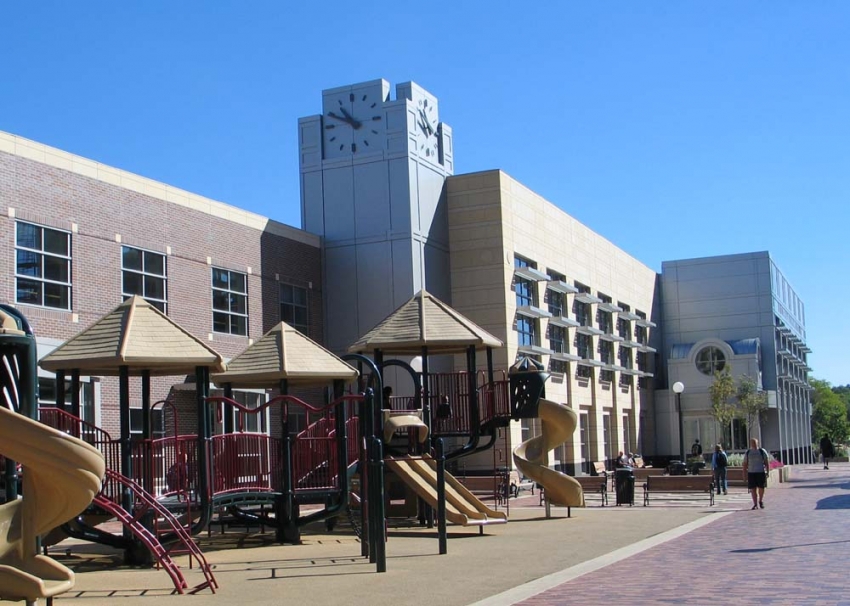 What's Iowa City like for kids and families?
What's Iowa City like for kids and families?
There's ice skating, bowling, organized sports, public parks, miniature golf, a great public library, a toy library, fun centers, swimming pools and 3 beaches, 9 museums including a children's museum, dance companies and public recreation centers that feature many activities for kids and families at little or no cost. We also have 20 movie screens and 50-licensed daycare providers. The Iowa City schools are perennially ranked among the top schools in the nation. Iowa City is unique in the facilities and services available for individuals with disabilities. Many families who have a family member with a disability are reluctant to leave Iowa City because they cannot duplicate those services in another location.
Are there any job opportunities for my spouse/significant other?
Yes, in April 2016, Iowa City had an average of 2.3% unemployment (compared to 5.5% nationwide). Also check out The University of Iowa's Dual Career Network.
How ethnically diverse are the patients?
Like a lot of university towns, we have a large international community. Growing cultural diversity is another reason Iowa City is an interesting place to live. Diversity is embraced and celebrated with city and university events, festivals, clubs and programs. The University works hard to recruit and retain minorities with its affirmative action policies. About 15% of Iowa Citians are non-white, this percentage is paralleled in our clinics.
What are the fellowship opportunities available?
Ten to 12 fellows train in our accredited fellowship programs each year. We have fellowships in all of our sub-specialty areas. Most are one-year fellowships but 2-year fellowship opportunities are available as well.
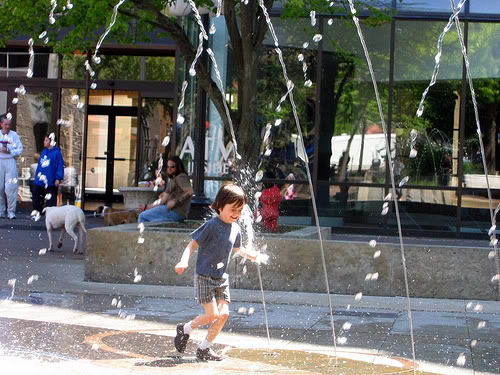 Is this a family friendly program?
Is this a family friendly program?
We love children and support residents and fellows in their efforts to balance work with family life. We have several dual physician families and understand the stresses. Women receive up to 6 weeks of paid maternity leave after delivery. Men get 5 working days off for paternity leave. There are several childcare facilities near the hospital and one on-site. The training program also has activities during the year where all family members are invited.
Is there sufficient patient volume so that I can have multiple exposures to a variety of eye diseases and conditions?
Our patients represent all age groups and all socioeconomic strata and they present with virtually all acute and chronic conditions of the eye.
The UIHC is a tertiary care center and our department receives referrals for specialized services from Iowa and neighboring states. Some patients travel from outside the continent to be seen by our physicians.
In an average year, patient visits per sub-specialty are approximately:
- Cornea: 7,000
- Comprehensive Ophthalmology: 13,000
- Glaucoma: 6,000
- Neuro-Ophthalmology: 3,000
- Oculoplastic Surgery: 4,700
- Contact Lens: 4,500
- Pediatric Ophthalmology: 8,000
- Retina/Vitreous: 16,000
- Vision Rehabilitation: 2,800
- Other: 500
Is there a research requirement for graduation?
Participation in research is an integral part of the training experience. Projects may be done in collaboration with a faculty preceptor who will be involved in all phases of the project. Each fellow presents the results of his/her research at the department's resident and fellow research day.
What's so good about Iowa?
- Our faculty are really nice, and exceptionally dedicated teachers too.
- We have a diverse faculty with wide-ranging clinical and research interests.
- Some of our faculty are internationally known and have been with us for many years.
- We also have several bright young faculty who bring new interests and enthusiasm to the practice.
- All the subspecialties are represented in our training program.
- Our programs, clinical and teaching are consistently ranked in the top ten nationally.
- Our residents are great people and they make exceptional ophthalmologists.
- Iowa City is a highly intellectual community with premier arts events that are accessible to residents both in terms of cost and location.
- We have an outstanding school system for children in grades K-12.
- A great training program and a high quality of life.
- We want you to succeed.
How to Apply
Candidates may apply through SF Match, and will be contacted with an interview invitation. Our interview days are typically held in October.
For additional information, please contact Vikki Bell (vikki-bell@uiowa.edu).
Deadlines
Application materials must be received by no later than September 15th.
Orientation for new fellows begins July 1, so you must be available for that start date and be licensed in Iowa by June 30.
Criteria for Applicants
Any fellow entering this program must have completed an appropriate residency program.
We take into consideration performance on the Ophthalmic Knowledge Assessment Program (OKAP) test and the U.S. Medical Licensing Examination (USMLE), letters of recommendation and personal statements, as well as Central Application Services (CAS) applications, before extending an interview offer.
Interviews are conducted by invitation only and are arranged through the Fellowship Director's office. Only candidates who are being considered seriously for appointment will be asked to appear for an interview.
Foreign medical graduates must have a valid certificate from the ECFMG, have successfully completed all steps of the USMLE examination and have completed two years in an accredited post-graduate training program in the United States or Canada.
Fellows must receive a Permanent Iowa Medical license from the Iowa Board of Medicine before the beginning of the fellowship
Candidates must apply through SF Match, and will be contacted with an interview invitation.
Our People
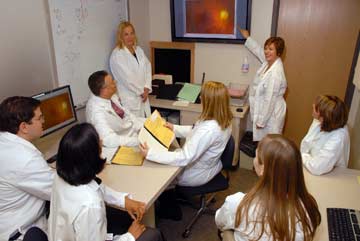 Our people are the heart of our program. From the reception desk to the exam room, from laboratory to diagnostic suite, from the auditorium to the library, from administration office to faculty office you will find our people eager to help you become the best ophthalmologist you can be.
Our people are the heart of our program. From the reception desk to the exam room, from laboratory to diagnostic suite, from the auditorium to the library, from administration office to faculty office you will find our people eager to help you become the best ophthalmologist you can be.
At Iowa, you will be exposed to some of the best clinicians, researchers and teachers in our profession. We provide high-powered opportunities for you to learn career-long lessons from these dedicated professionals.
Our Faculty
The Pediatric Ophthalmology and Strabismus Service has five full-time faculty physicians: Lindsay M. De Andrade, MD; Arlene V. Drack, MD; Alina V. Dumitrescu, MD, FACS; and Pavlina S. Kemp, MD.
Research and clinical interests among faculty include molecular ophthalmology and genetics of eye disease, web-based vision screening tools and methods of vision screening in infants, strabismus surgical planning, aphakic glaucoma, and structural and functional changes in the optic nerve and retina in amblyopia.
Faculty members regularly present papers and posters and teach courses at national meetings of the AAPOS, ARVO, and AAO, and give invited lectures around the country.
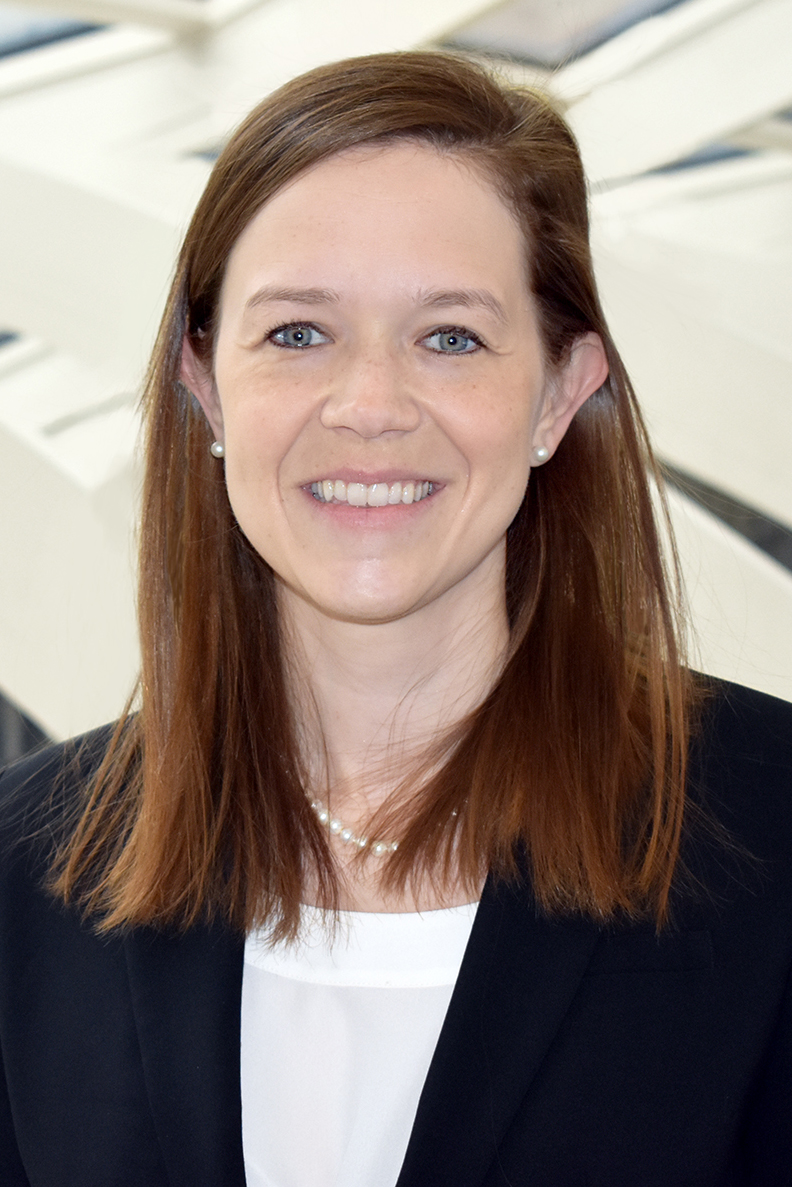
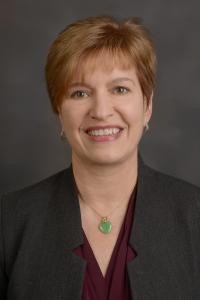
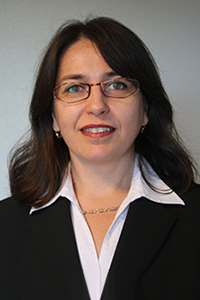
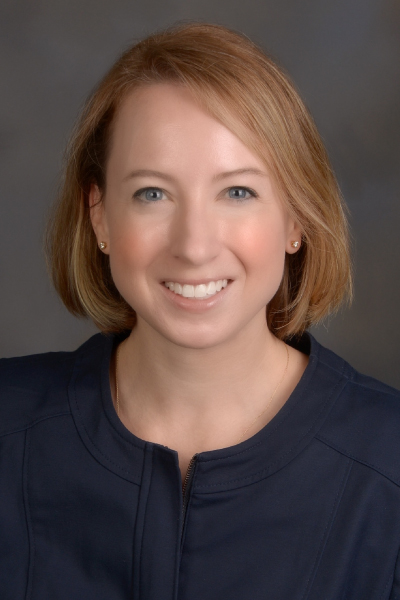
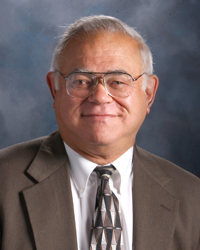
William E. Scott, MD, Emeritus Professor
Orthoptists
- Tara Bragg, CO
- Jeannene Clark, MA
- Wanda Pfeifer, MME, OC(C), COMT, CO
- Xiaoyan Shan, CO
Our Fellows
Former Pediatric Ophthalmology Fellows
Louis W. Adams, MD, Temple, Texas—Pediatric Ophthalmology and Strabismus (1988-1989)
Amir I. Arbisser, MD, Sarasota, Fla.—Pediatric Ophthalmology and Strabismus (1979-1980)
Brian W. Arthur, MD, FRCSC, Kingston, Ontario, Canada—Pediatric Ophthalmology and Strabismus (1986-1987)
Maria E. Barbe, MD, Orwigsburg, Pa.—Pediatric Ophthalmology and Strabismus (1998-1999)
Donna V. Bautista, MD, FRCSC, St. John's, Newfoundland and Labrador, Canada—Pediatric Ophthalmology and Strabismus (1992-1992)
Catherine C. Betor, MD, Hickory, N.C.—Pediatric Ophthalmology and Strabismus (1998-1999)
Rahul Bhola, MD, Louisville, Ky.—Pediatric Ophthalmology and Strabismus (2004-2006)
Glen M. Bianchi, MD, Westwood, N.J.—Pediatric Ophthalmology and Strabismus (2003-2004)
Gilda M. Bradford, MD, Corvallis, Ore.—Pediatric Ophthalmology and Strabismus (1990-1991)
David E. Braverman, MD, Overland Park, Kan.—Pediatric Ophthalmology and Strabismus (1976-1977)
John P. Burke, MB, FRCS, Sheffield, England—Pediatric Ophthalmology and Strabismus (1991-1992)
William N. Clarke, MD—Pediatric Ophthalmology and Strabismus (1973-1974)
Roy A. Cline, MD, FRCSC, Langley, British Columbia, Canada—Pediatric Ophthalmology and Strabismus (1985-1986)
Randall S. Condit, MD, La Crosse, Wis.—Pediatric Ophthalmology and Strabismus (1987-1988)
David S. Doka, MD, El Paso, Texas—Pediatric Ophthalmology and Strabismus (1981-1982)
Sean P. Donahue, MD, PhD, Nashville, Tenn.—Neuro-Ophthalmology (1993-1994)
Arlene V. Drack, MD, Iowa City, Iowa—Pediatric Ophthalmology and Strabismus (1991-1991)
David C. Dries, MD, Salt Lake City—Pediatric Ophthalmology and Strabismus (1996-1997)
Garry T. Drummond, MD, FRCS, Edmonton, Alberta, Canada—Pediatric Ophthalmology and Strabismus (1987-1988)
Alina V. Dumitrescu, MD, Iowa City, Iowa—Pediatric Ophthalmology and Strabismus (2009-2010)
Jane C. Edmond, MD, Houston—Pediatric Ophthalmology and Strabismus (1990-1990)
Harry C. Eggleston, MD, FACS, St. Louis—Pediatric Ophthalmology and Strabismus (1973-1973)
Michael S. Floyd, MD, Woodbury, Minn.—Pediatric Ophthalmology and Strabismus (2010-2011)
Annick V. Fournier, MD, FRCS(C), Ottawa, Ontario, Canada—Pediatric Ophthalmology and Strabismus (2000-2000)
Kenneth M. Gainer, MD, Saint Clairsville, Ohio—Pediatric Ophthalmology and Strabismus (2001-2002)
Gail L. Ganser, MD, Lynchburg, Va.—Pediatric Ophthalmology and Strabismus (1997-1997)
Kevin R. Gertsch, MD, Chapel Hill, N.C.—Pediatric Ophthalmology and Strabismus (2013-2014)
Gary N. Gitschlag, MD, Knoxville, Tenn.—Pediatric Ophthalmology and Strabismus (1981-1982)
Glen A. Gole, MBBS, MD, South Brisbane, Queensland, Australia—Pediatric Ophthalmology and Strabismus (1984-1985)
Donald M. Grayson, MD, Martinsville, Va.—Pediatric Ophthalmology and Strabismus (1978-1979)
Richard R. Heckert, MD, Green Bay, Wis.—Pediatric Ophthalmology and Strabismus (1986-1987)
Caroline B. Hirsch, MD—Pediatric Ophthalmology and Strabismus (1983-1984)
Michael G Hunt, MD, Fort Worth, Texas—Pediatric Ophthalmology and Strabismus (2003-2004)
Oscar B. Jackson, Jr., MD, Austin, Texas—Pediatric Ophthalmology and Strabismus (1975-1976)
Christina P. Johnson, MD, Mission, Texas—Pediatric Ophthalmology and Strabismus (1993-1994)
Daniel J. Karr, MD, Portland, Ore.—Pediatric Ophthalmology and Strabismus (1984-1985)
Ronald V. Keech, MD—Pediatric Ophthalmology and Strabismus (1978-1979)
Deborah L. Klimek, MD, Charleston, W.Va.—Pediatric Ophthalmology and Strabismus (2001-2002)
Ashley Ko, MD, Vancouver, British Columbia, Canada—Pediatric Ophthalmology and Strabismus (2014-2015)
Stephen P. Kraft, MD, Toronto, Ontario, Canada—Pediatric Ophthalmology and Strabismus (1982-1983)
Anne M. Langguth, MD, Cedar Rapids, Iowa–Pediatric and Strabismus (2018-2019)
Scott A. Larson, MD, Iowa City, Iowa—Pediatric Ophthalmology and Strabismus (2002-2003)
Theodore Lawwill, MD, Fort Myers Beach, Fla.—Pediatric Ophthalmology and Strabismus (1965-1966)
Won Ryul Lee, MD, Kyunggi-Do, South Korea—Pediatric Ophthalmology and Strabismus (1992-1993)
Deborah Lenahan, MD, Carbondale, Colo.—Pediatric Ophthalmology and Strabismus (2000-2001)
Alejandro Leon, MD, New Orleans—Pediatric Ophthalmology and Strabismus (2008-2009)
Susannah Q. Longmuir, MD, Nashville, Tenn.—Pediatric Ophthalmology and Strabismus (2007-2008)
Jeffrey T. Lynch, MPH, MD, Woodbury, Minn.—Pediatric Ophthalmology and Strabismus (2011-2012)
Guneet Mann, MBBS, MS, Houston, Texas—Pediatric Ophthalmology and Strabismus (2022-2023)
Aurelio Martin-Casals, MD, Ponce, Puerto Rico—Pediatric Ophthalmology and Strabismus (1976-1977)
Mei L. Mellott, MD, Westwood, Mass.—Pediatric Ophthalmology and Strabismus (1997-1998)
Mayumi A. Mori, MD, Englewood Cliffs, N.J.—Pediatric Ophthalmology and Strabismus (1995-1996)
Robert J. Morris, MRCP, FRCS, Southampton, England—Pediatric Ophthalmology and Strabismus (1989-1990)
Sheldon J. Nankin, MD, Orange, Calif.—Pediatric Ophthalmology and Strabismus (1975-1976)
Orwa Nasser, MD, MPH, Dallas—Pediatric Ophthalmology and Strabismus (2016-2017)
Brian E. Nichols, MD, PhD, Boulder, Colo.—Pediatric Ophthalmology and Strabismus (1999-2000)
Richard J. Olson, MD, Iowa City, Iowa—Pediatric Ophthalmology and Strabismus (1996-1997)
Bayan Al Othman, MD—Pediatric Ophthalmology Fellow (2019-2020)
David B. Petersen, MD, Salt Lake City—Pediatric Ophthalmology and Strabismus (2002-2003)
Scott H. Pressman, MD, Boise, Idaho—Pediatric Ophthalmology and Strabismus (1983-1984)
Michael R. Redmond, MD—Pediatric Ophthalmology and Strabismus (1974-1975)
P. David Reese, MD, Waltham, Mass.—Pediatric Ophthalmology and Strabismus (1985-1986)
Johane M. Robitaille, MD, Halifax, Nova Scotia, Canada—Pediatric Ophthalmology and Strabismus (1994-1994)
Kenneth G. Romanchuk, MD, FRCSC, Calgary, Alberta, Canada—Pediatric Ophthalmology and Strabismus (1979-1980)
James B. Ruben, MD, Sacramento, Calif.—Pediatric Ophthalmology and Strabismus (1989-1990)
Terry L. Schwartz, MD, Cincinnati—Pediatric Ophthalmology and Strabismus (1988-1989)
Suma P. Shankar, MD, PhD, Snellville, Ga.—Pediatric Ophthalmology and Strabismus (2006-2007)
Kristie K. Shappell, MD, DVM, La Crosse, Wis.—Pediatric Ophthalmology and Strabismus (1999-2000)
Sarah J. Stair, MD, McLean, Va.—Pediatric Ophthalmology and Strabismus (1993-1994)
Heather A. Stiff, MD, Milwaukee—Pediatric Ophthalmology and Strabismus (2020-2021)
Margaret R. Strampe, MD, St. Paul, MN—Pediatric Ophthalmology and Strabismus (2023-2024)
Vincent J. Sutton, MD, Lincoln, Neb.—Pediatric Ophthalmology and Strabismus (1980-1981)
Meenakshi Swaminathan, MD, Madras, India—Pediatric Ophthalmology and Strabismus (2000-2001)
R. Grey Weaver, Jr., MD, Winston-Salem, N.C.—Pediatric Ophthalmology and Strabismus (1982-1983)
Matthew C. Weed, MD, Spokane, Wash.—Ophthalmic Genetics (2014-2015) and Pediatric Ophthalmology (2015-2016)
David B. Werner, MD, State College, Pa.—Pediatric Ophthalmology and Strabismus (1977-1978)
David T. Wheeler, MD, Portland, Ore.—Pediatric Ophthalmology and Strabismus (1992-1993)
Timothy W. Winter, DO, Albuquerque, N.M.—Pediatric Ophthalmology and Strabismus (2012-2013)
Keith D. Yap, MD, Kelowna, British Columbia, Canada—Pediatric Ophthalmology and Strabismus (1995-1996)
Linna Zhang, MD—Pediatric Ophthalmology and Strabismus (1998-1999)
Contact Us
Mailing Address:
Alina Dumitrescu, MD, FACS
Associate Professor
Fellowship Director, Pediatric Ophthalmology and Adult Strabismus
University of Iowa Health Care
Department of Ophthalmology and Visual Sciences
200 Hawkins Drive
Iowa City, IA 52242
Fellowship Coordinator:
email: Vikki Bell at vikki-bell@uiowa.edu
telephone: (319) 356-0382
Ophthalmology Fellowship Director
Alina Dumitrescu, MD, FACS
University of Iowa Health Care
Ophthalmology and Visual Sciences
200 Hawkins Drive
Iowa City, IA 52242-1091
Email: alina-dumitrescu@uiowa.edu
Ophthalmology Fellowship Coordinator
Vikki Bell
University of Iowa Health Care
Ophthalmology and Visual Sciences
200 Hawkins Drive
Iowa City, IA 52242-1091
Email: vikki-bell@uiowa.edu
Phone: 319-356-0382